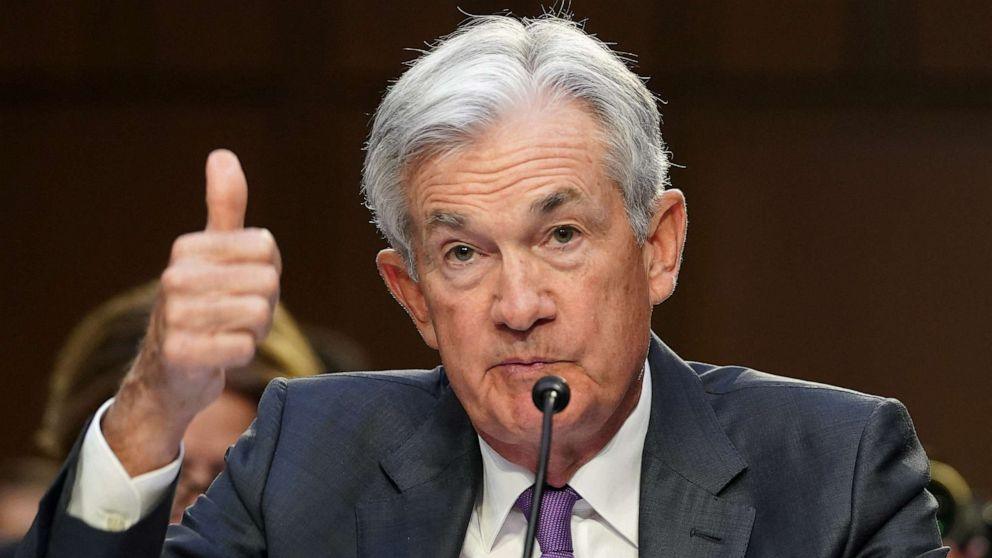
Federal Reserve Chair Jerome Powell reaffirmed his commitment to a data-driven approach to monetary policy during a speech at Stanford University on Wednesday. His remarks underscored the importance of recent economic indicators in guiding the Fed’s future actions, especially in light of the robust economy and the progress made on inflation so far.
As the financial world awaits further data, Thursday’s report on weekly jobless claims is anticipated by economists to slightly increase to 214,000 from the previous week. This figure aligns with the six-month average and suggests a stable labor market, contrary to fears of a downturn.
The spotlight, however, is set to intensify on Friday with the release of March’s nonfarm payroll data, a critical indicator that could significantly sway market sentiments. Analysts expect a decrease in job additions to 200,000 for March, down from February’s 275,000, reflecting a potential cooling in the labor market, despite recent trends of data surpassing expectations.
Amid these anticipations, Wednesday offered a glimpse into possible vulnerabilities within the U.S. economy, highlighted by a weaker-than-expected performance in the service sector according to the Institute for Supply Management (ISM). This was coupled with a notable decrease in price growth, marking a four-year low, which subsequently affected the dollar and Treasury yields.
In the currency markets, all eyes are on Japan’s potential intervention to support the weakening yen, which hovers near a 34-year low. Meanwhile, U.S. and European stock markets are showing mixed reactions, with slight gains and heightened attention on oil prices reaching a five-month peak.
The disparity in rate cut expectations between the U.S. and Europe is becoming increasingly evident, as the European economy trails behind. Market traders foresee a more aggressive rate cut strategy from the European Central Bank compared to the Federal Reserve by the end of the year.
Inflation data from the Eurozone and Switzerland has brought some relief, with figures moving closer to their respective central bank targets. The upcoming U.S. consumer price inflation data for March is highly anticipated, given February’s rate of 3.2%.
Thursday is set to be a busy day for Fed communications, with several officials, including Patrick Harker and Loretta Mester, scheduled to speak. These discussions follow remarks from Atlanta’s Raphael Bostic, who hinted at a potential rate cut not occurring until the fourth quarter.
Investors and market watchers are keenly awaiting further direction from key developments, including the U.S. jobless claims, trade balance data, the ECB’s March meeting minutes, and insights from various Fed speakers. These indicators and comments will play a crucial role in shaping expectations and strategies in the dynamic landscape of U.S. financial markets.

It looks like you are not logged in. Click the button below to log in and keep track of your recent history.